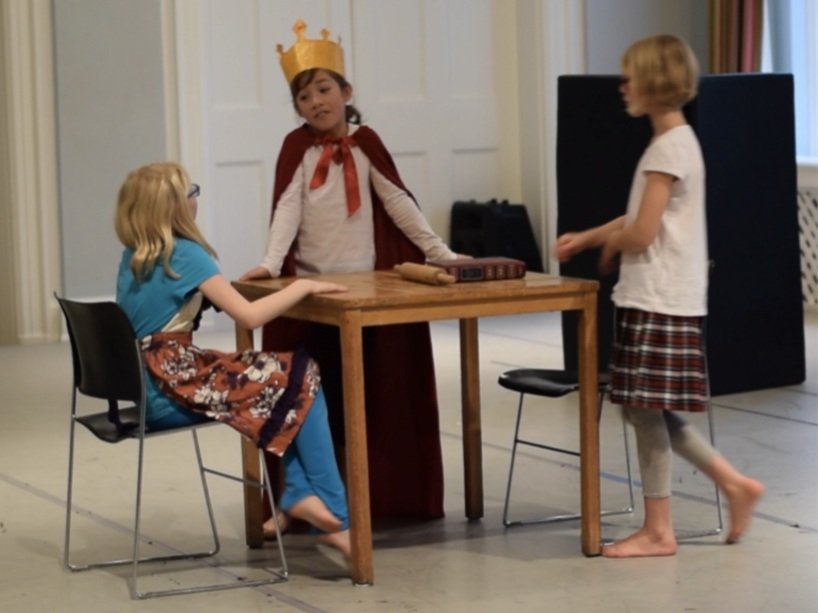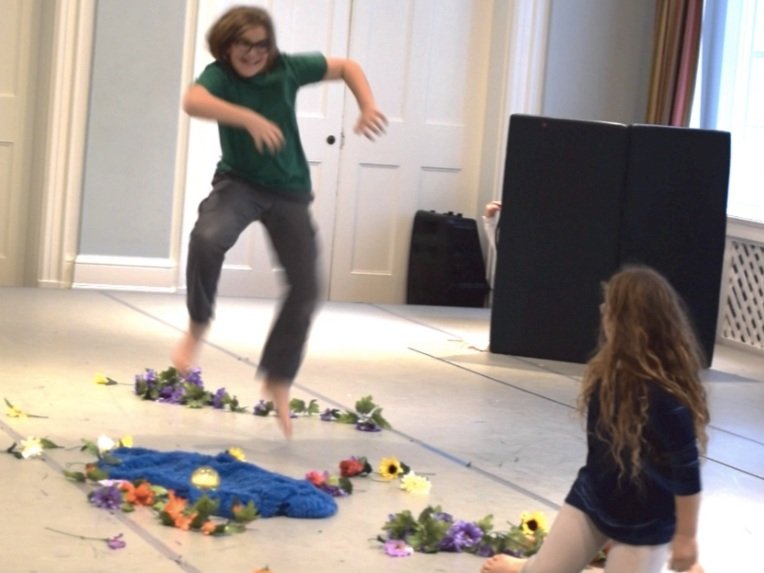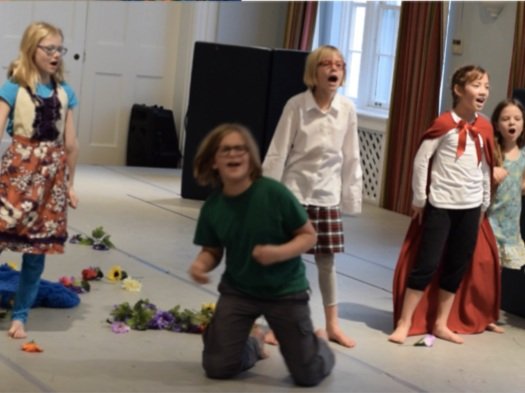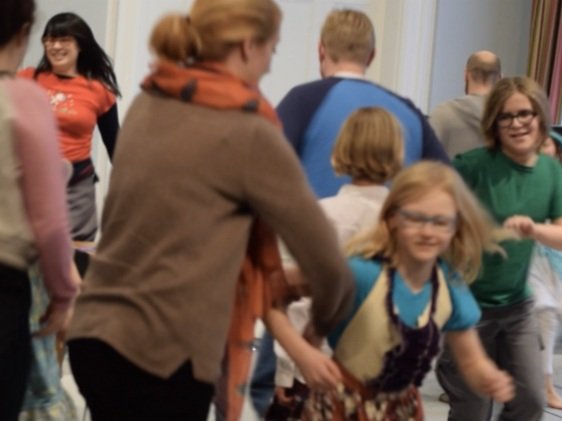Written by Heather Fitzsimmons-Frey
“The Frog Prince” programme, Toronto 2014.
During the 19th century, juvenile “at-home” theatricals were very popular among middle- and upper-class English speakers. In England, Canada, other British colonies and in the United States, young people frequently “got up” plays in their own homes for the pleasure of family and friends. In fact, there was a significant industry supporting making these plays: families could buy scripts, newspapers and magazines printed costume and set design advice, and it was possible to buy props and rent costumes from a variety of stores. Of course, many young people also wrote their own scripts, built and painted sets (or modified furniture), and made their own costumes and props.
The emphasis on examining social and creative working conditions meant several things in practice. We chose to perform the piece in a room in a Victorian house on the University of Toronto campus, operated by the Centre for Drama, Theatre, and Performance Studies: the Helen Gardiner Phelan Theatre front room. We also opted for a compressed rehearsal schedule, with only 23 hours of rehearsal time, which probably mimicked the amount of time available to a family getting together over the holidays. It meant that rather than trying to replicate Victorian special effects, or using real fur in our costumes, we did what many 19th century young people probably did: we raided closets, and modified what we could find. Similarly, rather than trying to adopt a 19th century acting style, which would have been vernacular for young people at that time, we primarily used a realism style (the dominant style in our community today), with some gestural acting as emphasis. Perhaps most significant was my choice to manage the project the way that 19th century women were encouraged to be amateur theatrical managers. While men were encouraged to have vision and run rehearsals like a military drill, women managers were to place the emphasis on a congenial, social occasion, to de-emphasize their own role and significance, and to defer to male judgment. This proved to be the most significant lens to think through in the project. A further analysis of the implications of this decision on the methodology and process is found in Journal of Childhood Studies, 2019.
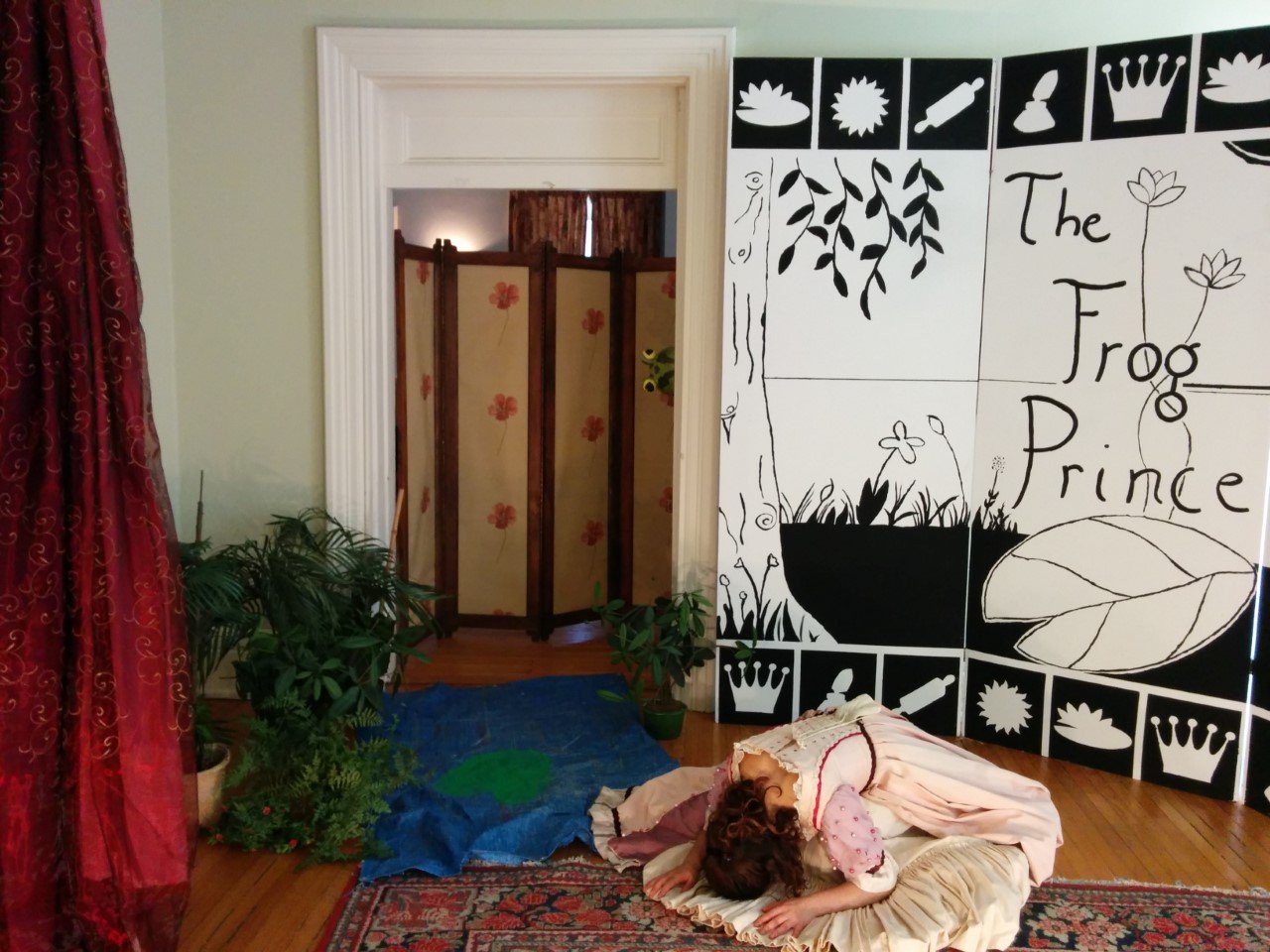
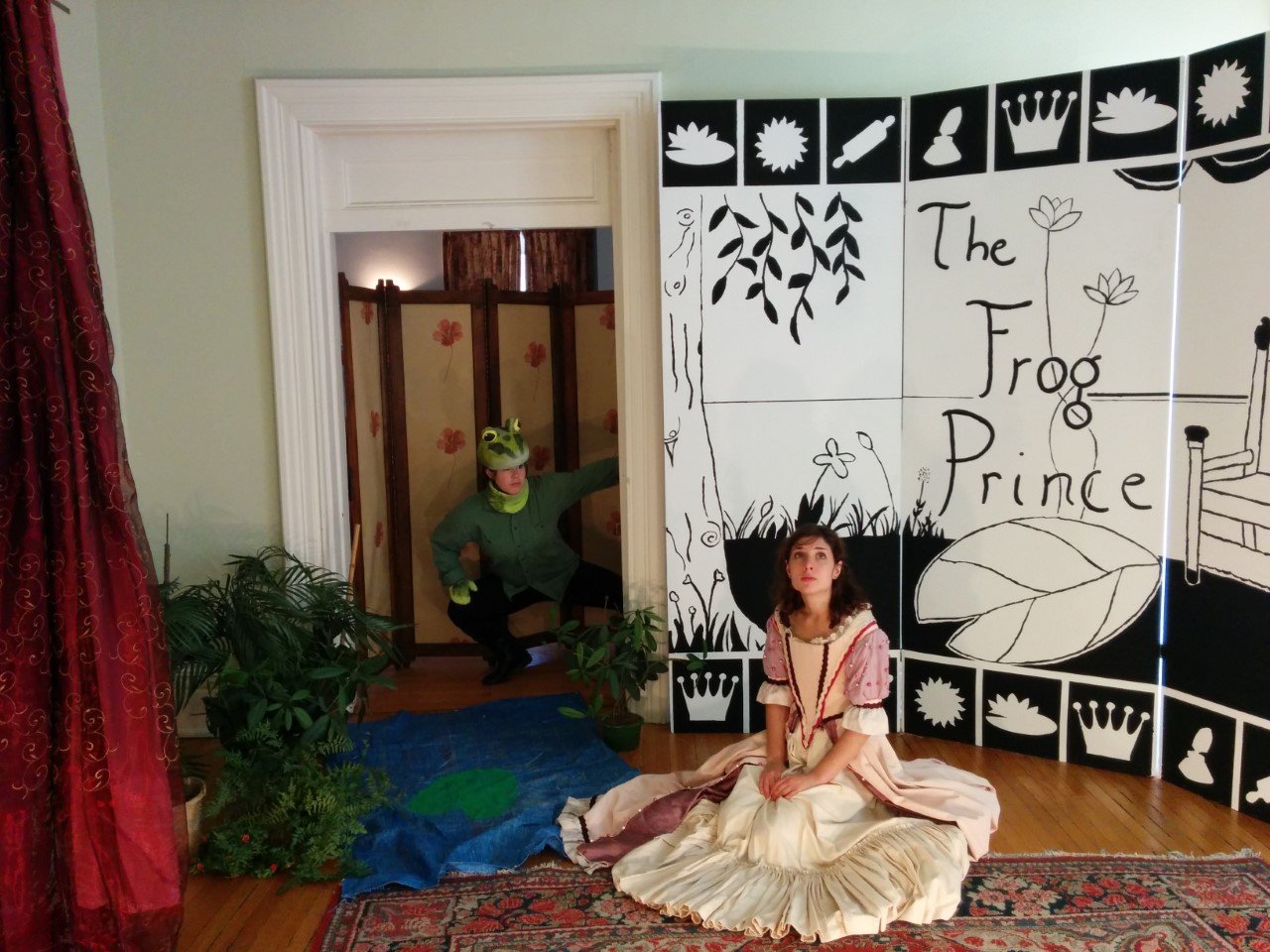
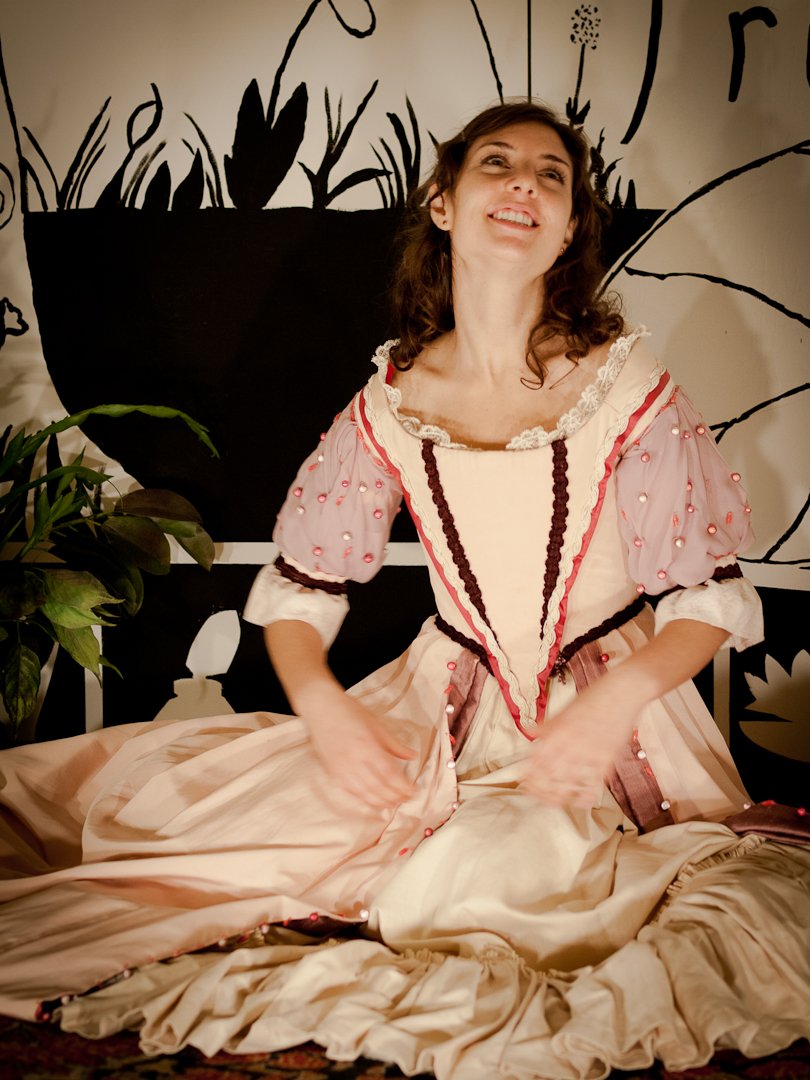
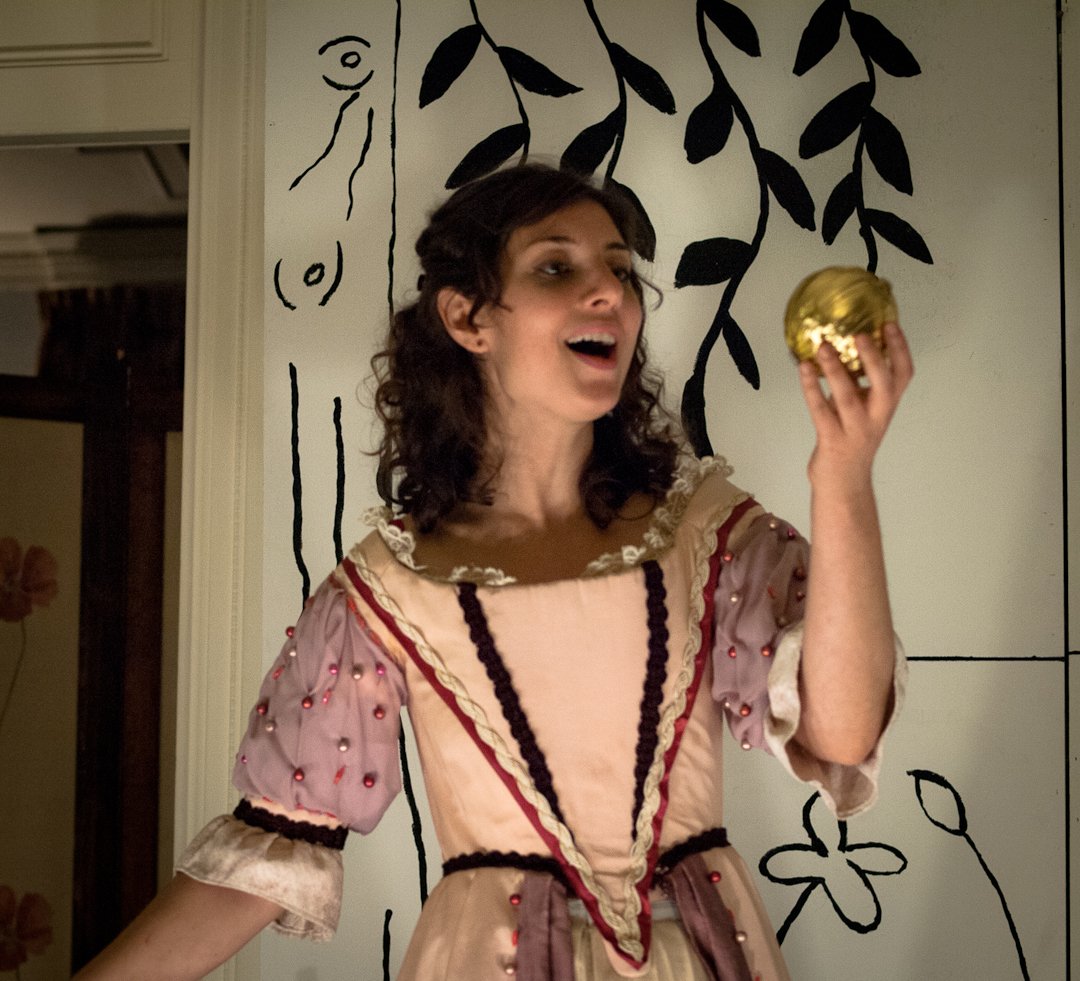
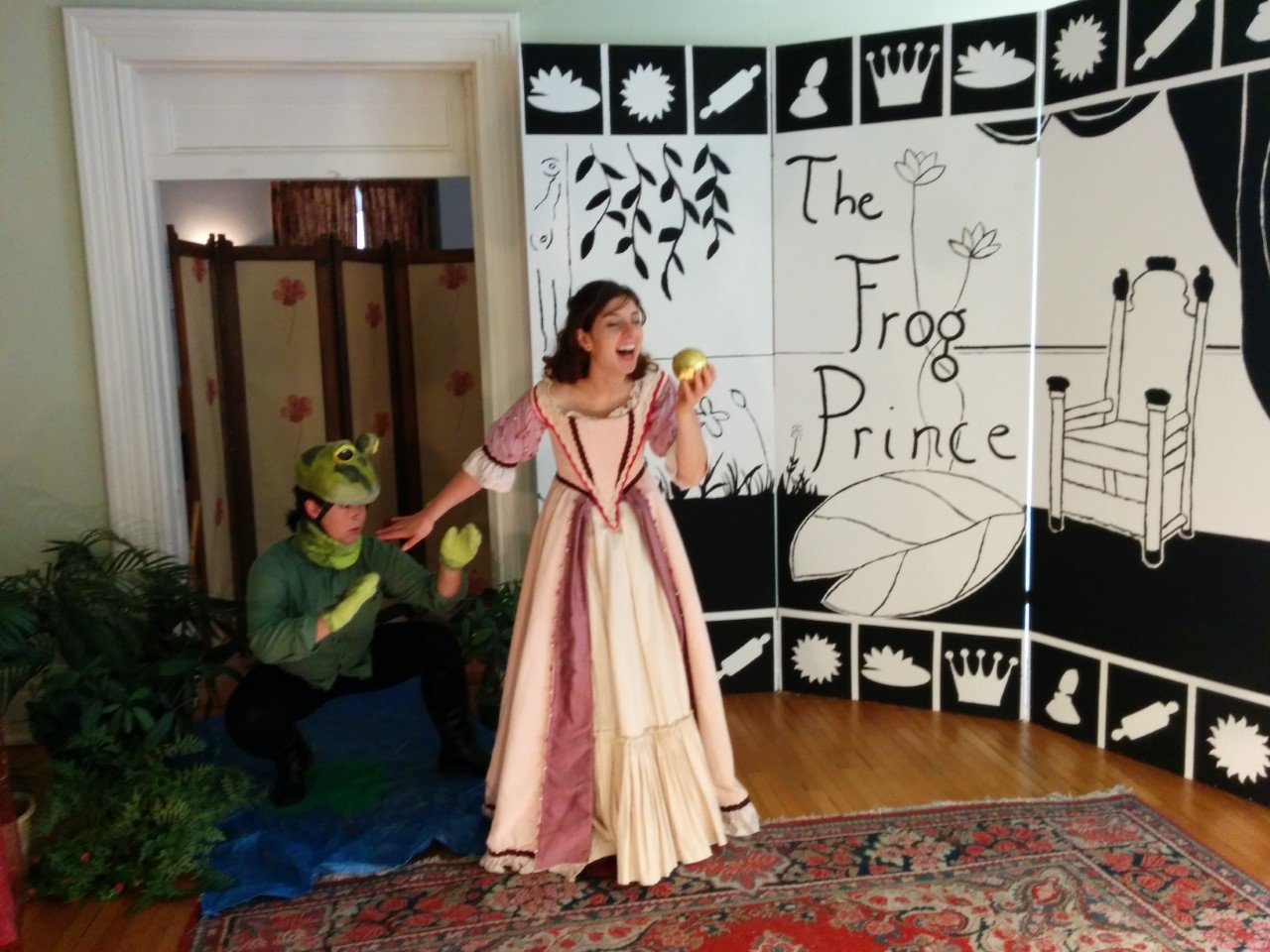
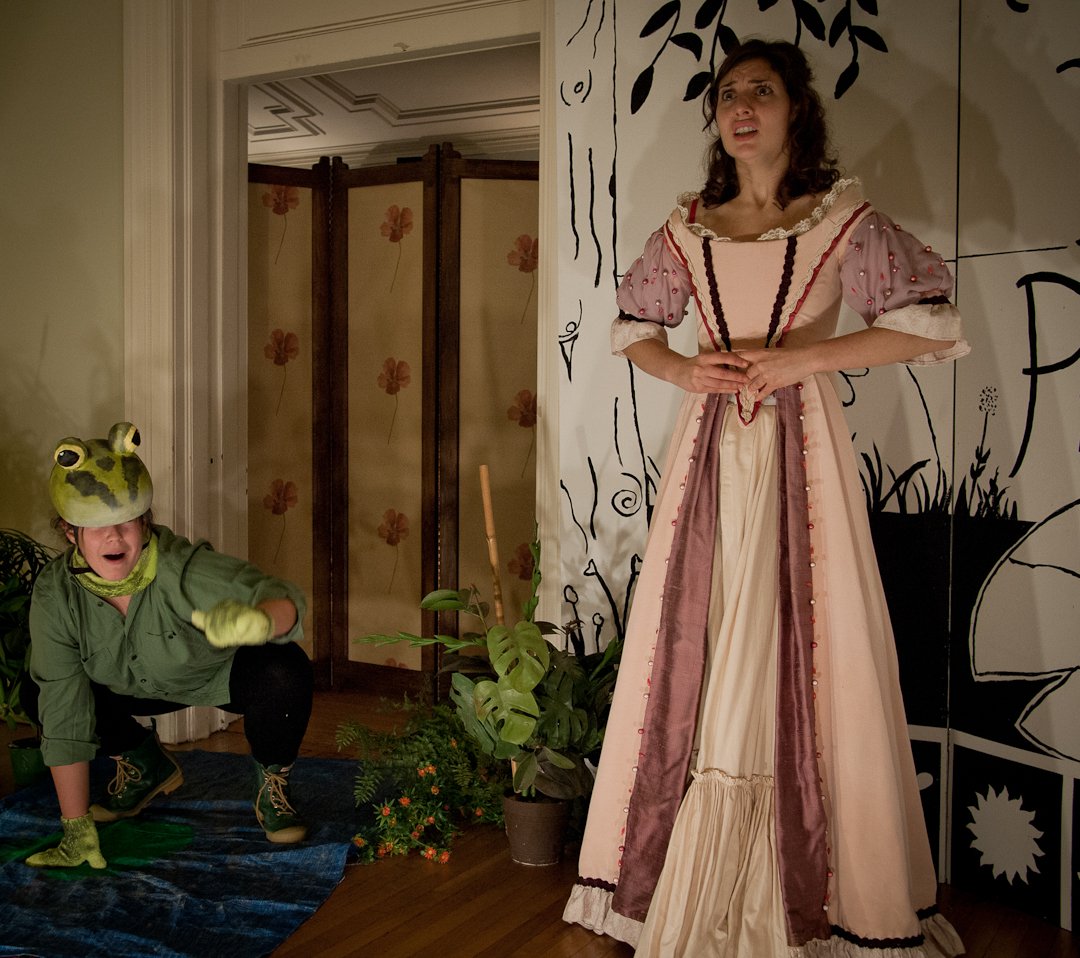
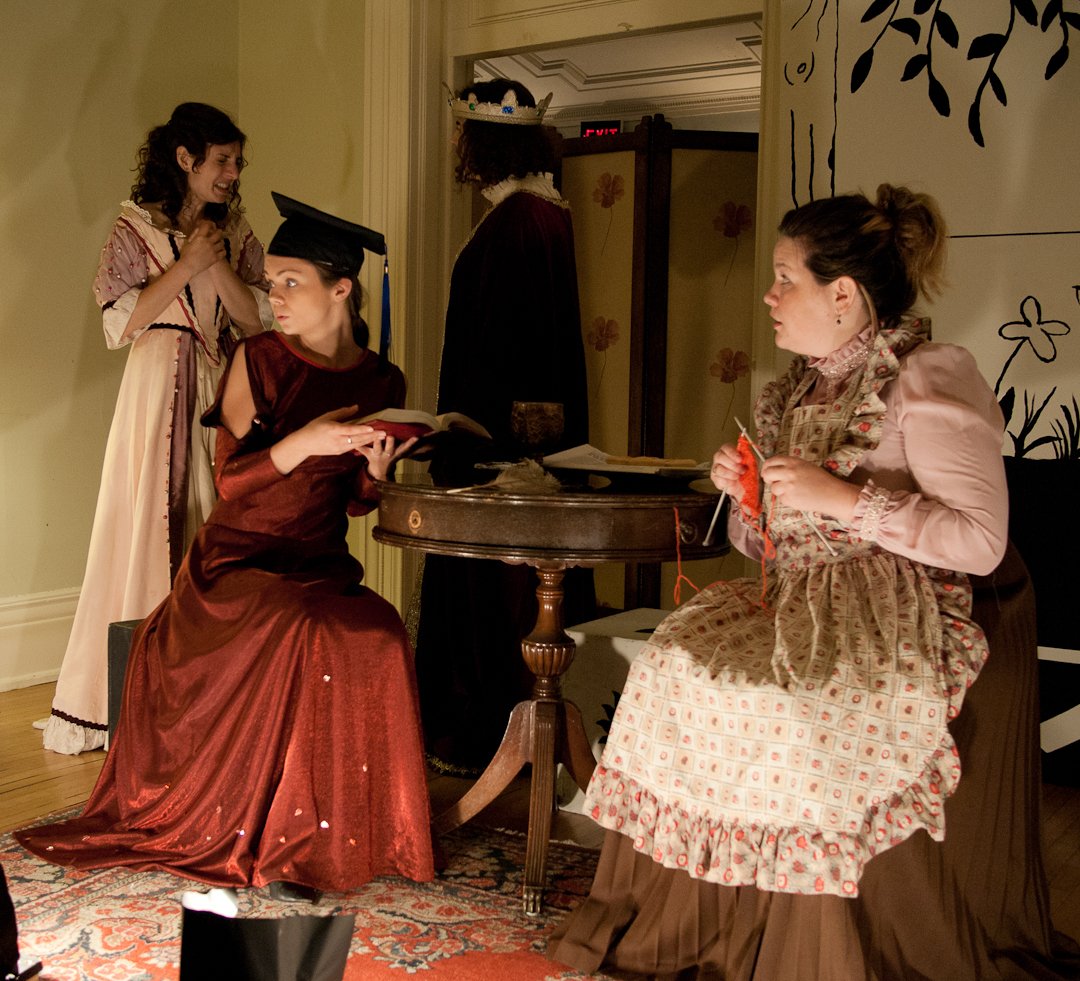
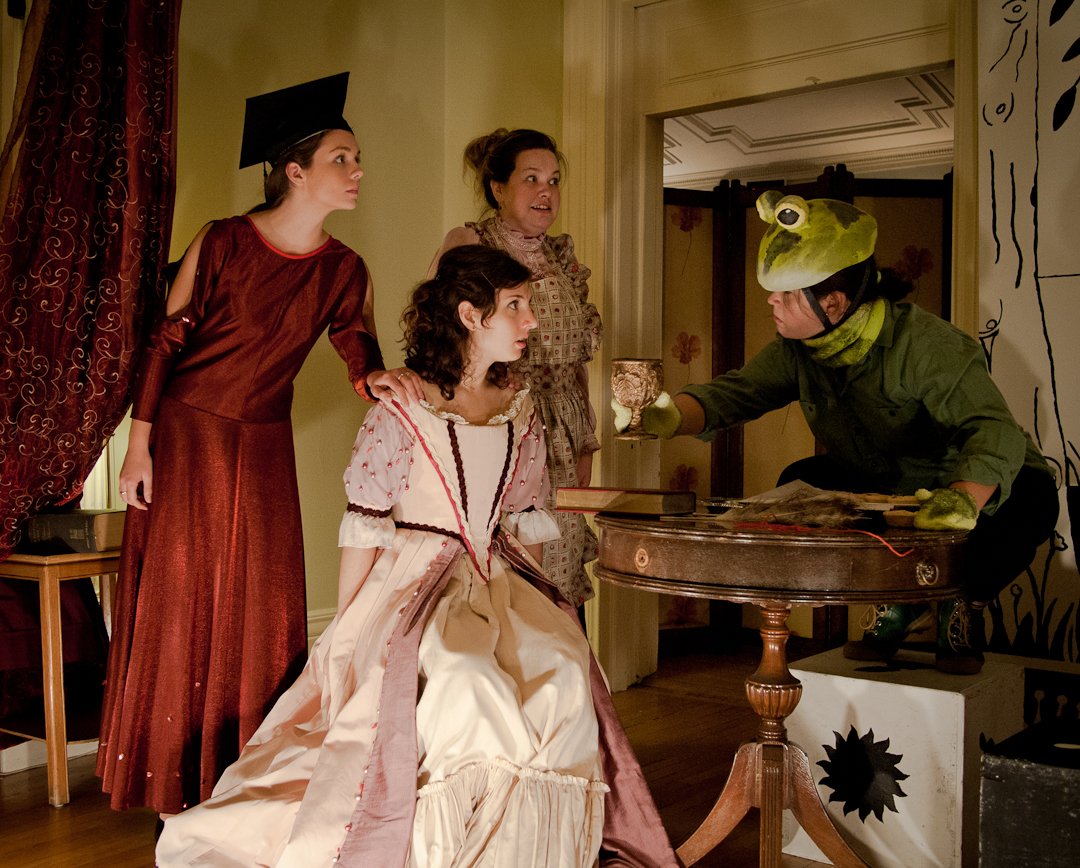
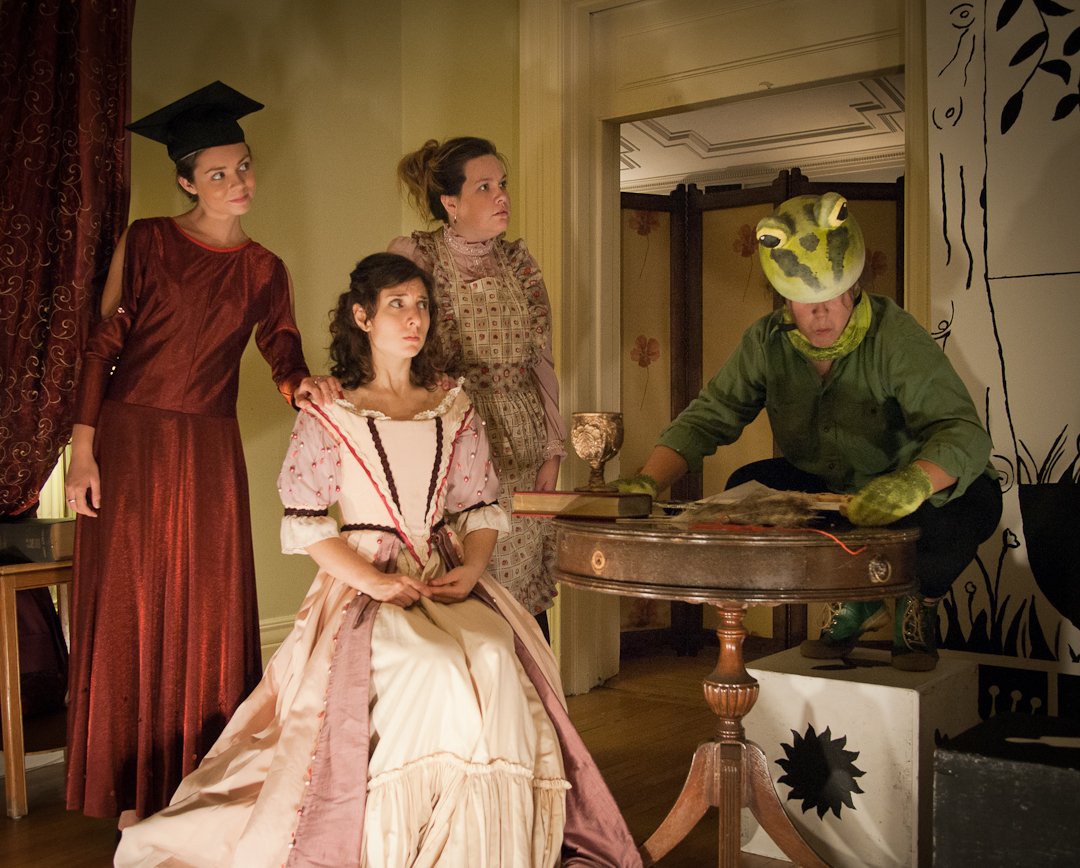
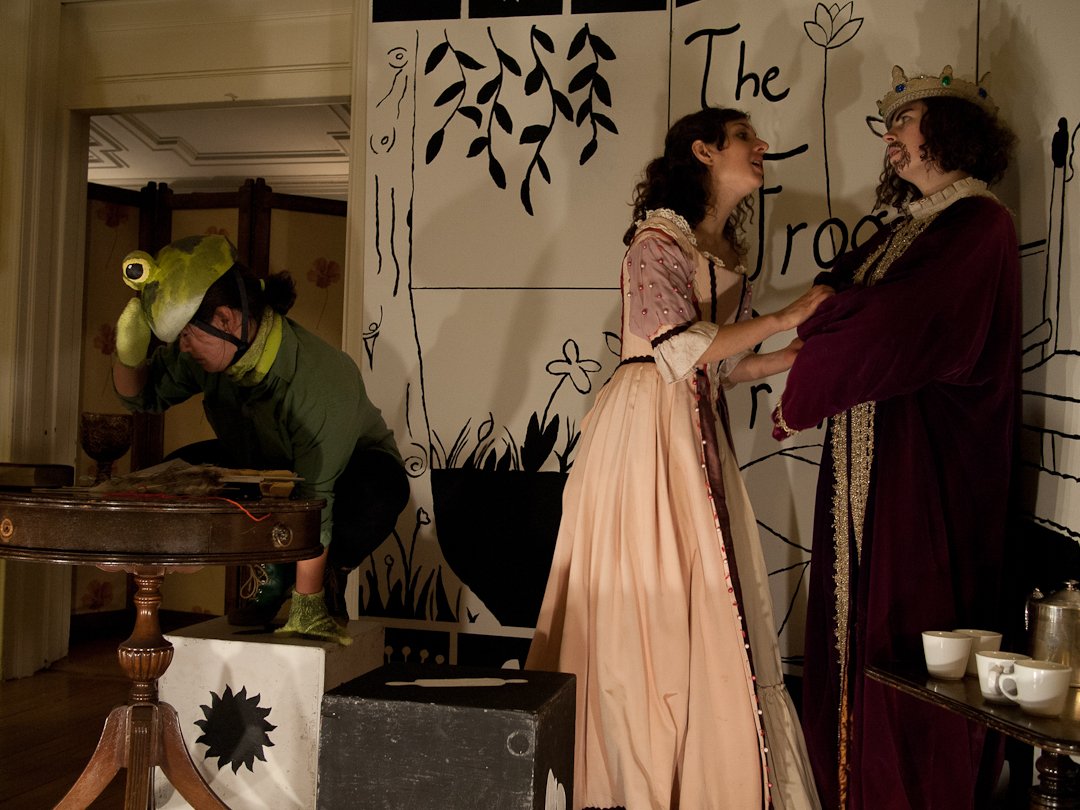
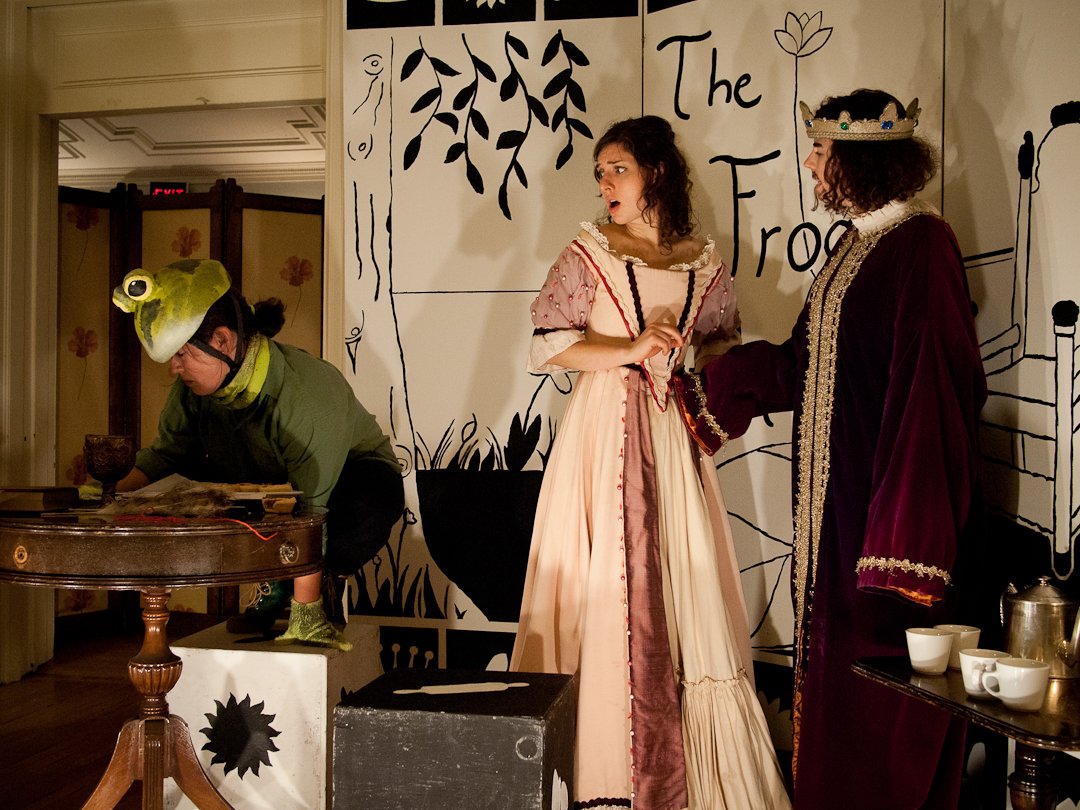
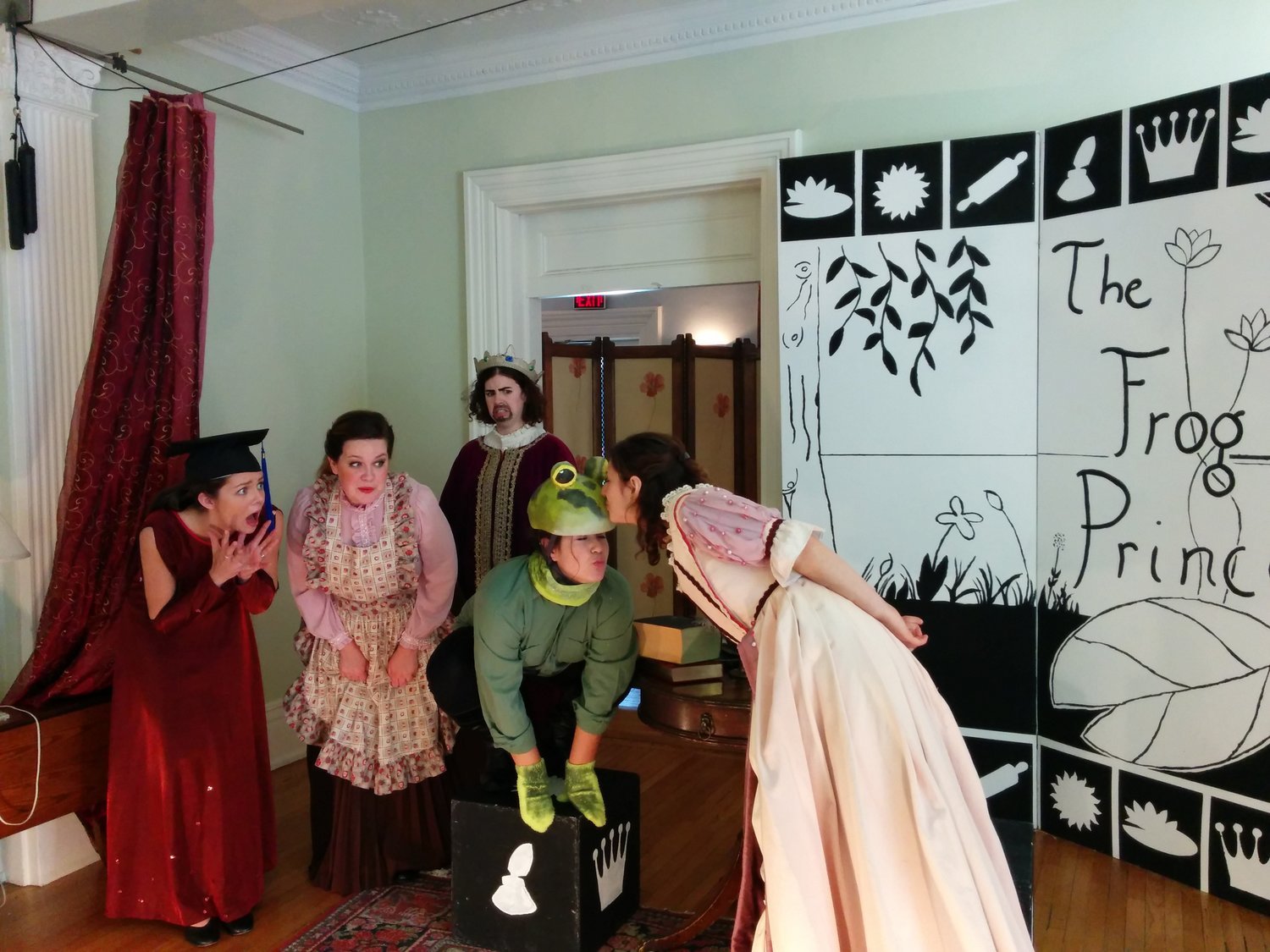
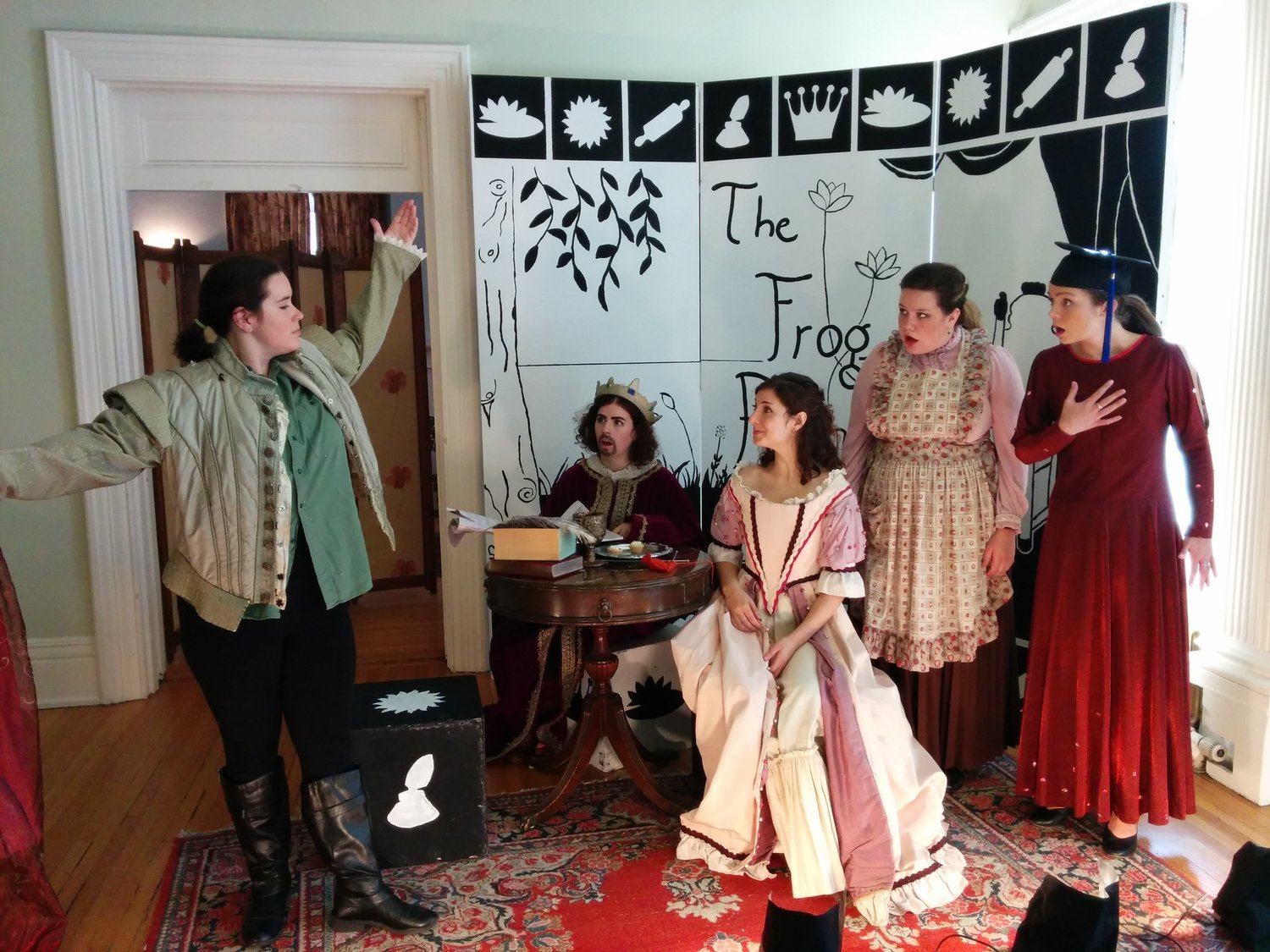
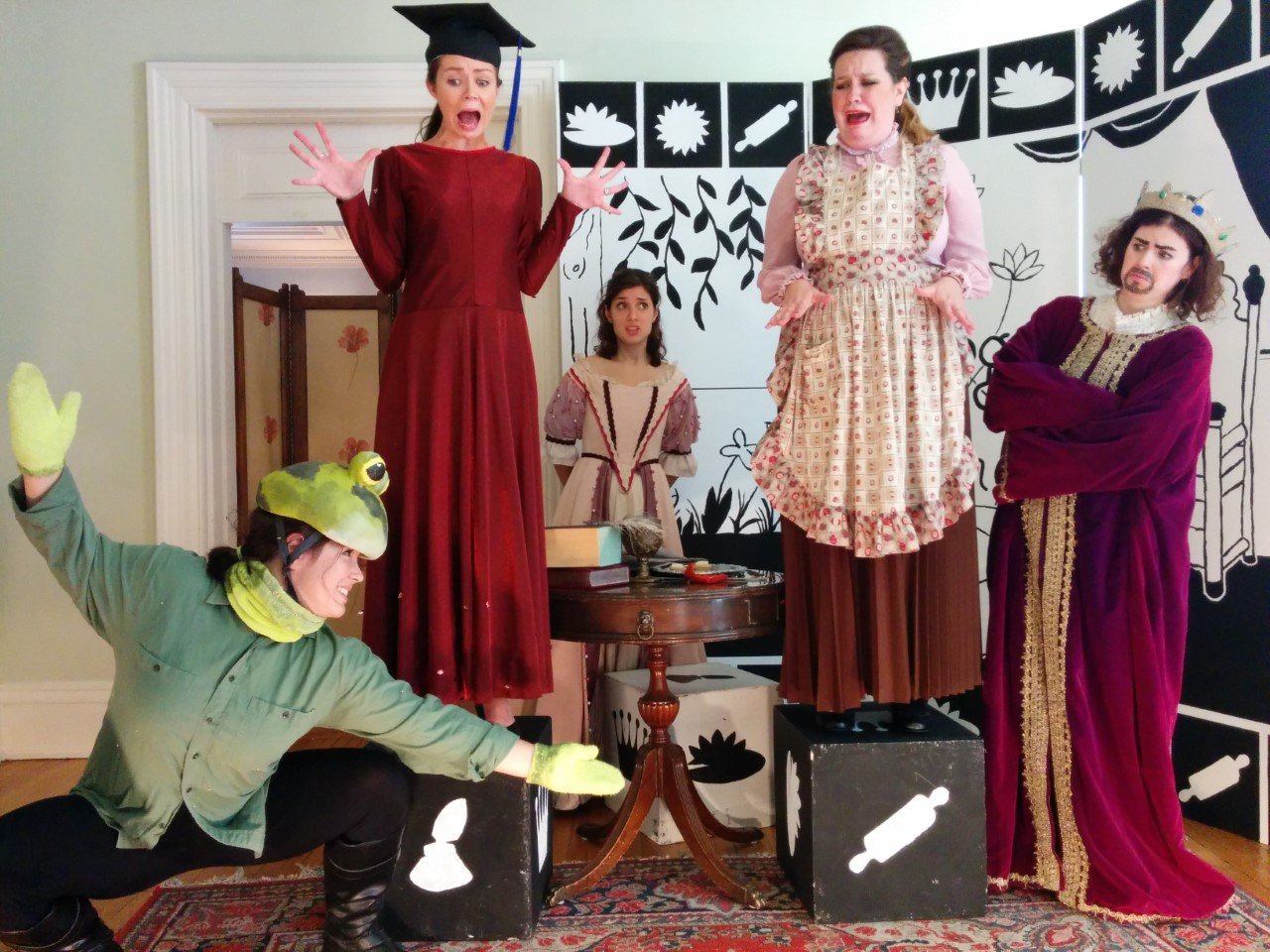
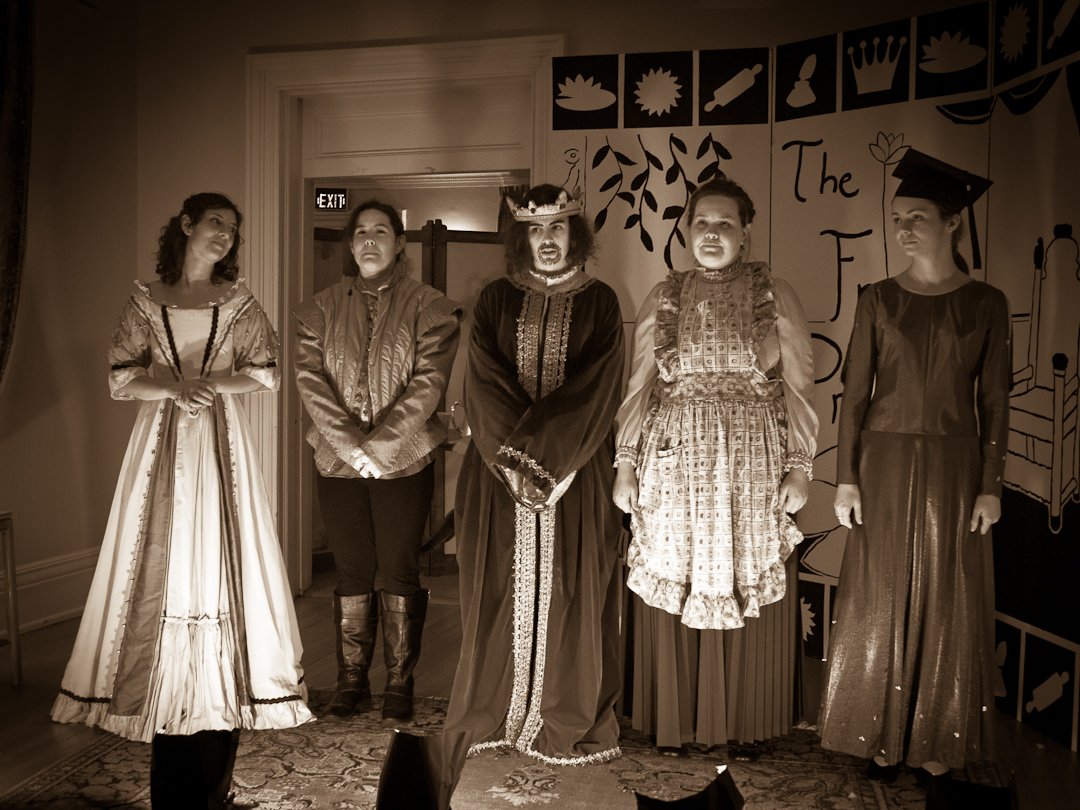
From Sarah Robbins
During my master’s year at the Centre for Drama, Theatre, & Performance Studies at the University of Toronto in the fall of 2014, I was cast by Fitzsimmons Frey in her experimental research project into the performance conditions of Victorian At-Home Theatricals. Based on the graduate students who were assigned by the department to be in Fitzsimmons Frey’s project (five cis-gendered white women with backgrounds in performance), she selected Clara Ryland’s “The Frog Prince” as the performance text for the project.
At our first meeting, Fitzsimmons Frey informed the cast about the dramaturgical approach of the piece, specifically that the rehearsal process would follow the social roles and customs of the Victorian era. This meant that we were to expect that our director may occasionally defer to male judgement, in accordance with the politics of the historical period. Additionally, at this first meeting, each of us were given the opportunity to select our role, and make our case as to why we thought we would be a good fit for the part. At a later date, we were each given the opportunity to select our own costumes from the department’s wardrobe stores, with the ultimate decision made by our director, Fitzsimmons Frey.
During the rehearsal process, Fitzsimmons Frey’s colleague Justin Blum would often drop in to give his input on the shape and direction of the piece. This caused some frustration for the performers, as his input often conflicted with the blocking notation or other notes we had already been given by Fitzsimmons Frey, and sometimes in direct contradiction with the direction just voiced by the director. It meant that the piece did not find its final shape until what would typically be referred to as the “dress rehearsal” stage. Important dramaturgical elements, such as the “Froggy Went-a-Courtin'” song (created by Fitzsimmons Frey’s children), and the period-inspired dance piece that concluded the performance, were not learned until the later stages of rehearsal.
Additionally, the piano accompanist, Art Babayants, also did not join the rehearsal process until the final stages. In rehearsal with Babayants, the five cast members were made to feel amateur and immature when not sufficiently working alongside his musical accompaniment. It is possible that Babayants had made the choice to relate to the performers as if we were children, although this was not clear at the time. Fitzsimmons Frey would defer most direction to Babayants in these rehearsals, as he would be the one playing the piano during the performance.
During the rehearsal process, myself and the other four actors became frustrated that our female director offered passive instruction while the male director dominated the leadership in the room. However, neither myself nor the other performers spoke up about this power dynamic during the rehearsal process. During the post-mortem, a very valuable discussion emerged surrounding both the nature of Victorian gender roles and their persisting implications. The opportunity to debrief and discuss the project following the performance brought the performers to make valuable observations about themselves in spaces of performance.
2017 PERFORMANCE
In 2017, I decided to use performance-based historiography again, to re-visit “The Frog Prince” in order to ask different questions. This time, I was most interested in looking more carefully at the opportunities for dance embedded in the script, learning more about the script’s humour, and in particular, working with children who were the same age as the children for whom the script was originally written. Clara Ryland wrote the script for children aged nine to twelve, and also wrote a “fairy prologue” that could accommodate a flexible number of younger children.
Like 19th century children who would have “got up” a play with friends and family, the children involved in the 2017 “Frog Prince” project all knew each other well. The project replicated a Victorian holiday event in that among the eight actors, there were four families represented, there were siblings, and they ranged in age from five to twelve. Some other siblings did not want to participate, so they could be expected to be in the audience, along with their parents, and some other invited friends.
We shared the piece in a studio space in the house we used before. We incorporated several different (mostly non-19th century) dance styles, including a butterfly polka, a simple skipping dance similar to a schottische, a creative dance piece, and a piece inspired by American musical theatre. To the delight of the young performers, we adapted the Frog’s woeful ballad to use the melody and structure of Adele’s “Hello,” which was extremely popular in 2017. Children found their own costumes and personal props, and did drawings when they were waiting that were incorporated into the program. As we predicted, even the children who could not read yet had very little trouble learning their lines, and the supportive culture of care that already existed among the young people and their parents was a defining feature of the project, and helped me to think differently about what it might have been like to be a part of an at-home theatrical in the 19th century.
We were not able to do our final rehearsal for “The Frog Prince” because Trump had just been elected and the Women’s March happened the same day at exactly the same time. The young people chose to march prior to the final presentation. Shouting slogans like “Girls have rights! And we’re gonna use ‘em!” the young participants aimed to put some of the early feminist ideals articulated in Ryland’s 1896 script into action.

